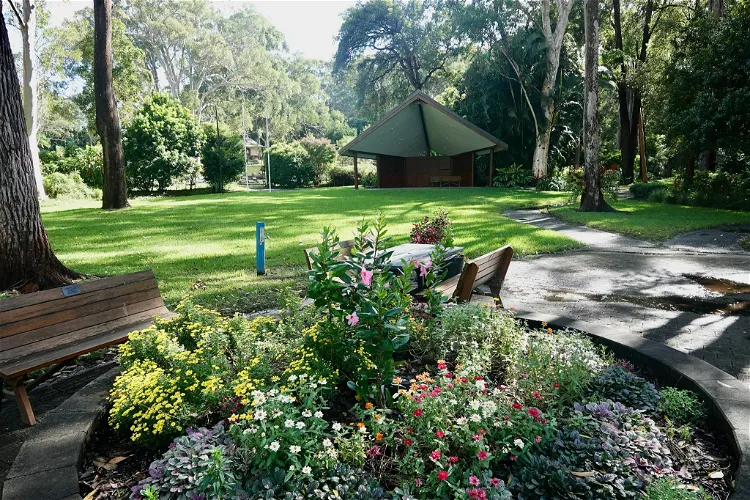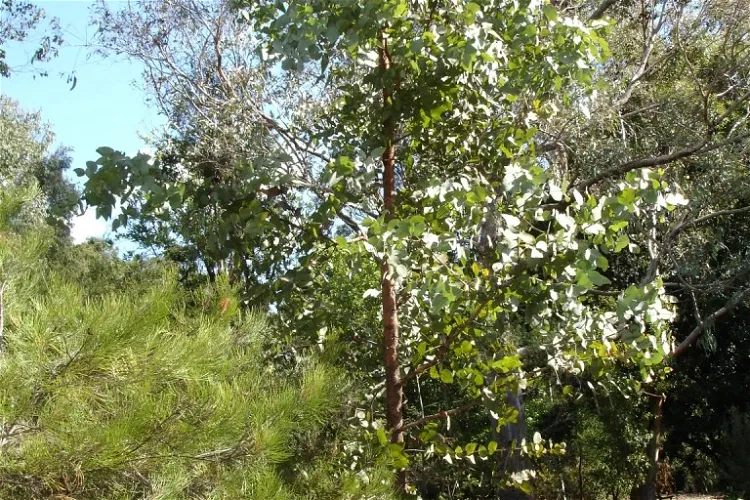Do you love plants and nature? Here are the must-visit botanical gardens in New South Wales:

North Coast Regional Botanic Garden
Coffs HarbourThe North Coast Regional Botanic Garden, located in Coffs Harbour, is a 20-hectare oasis that offers a blend of natural coastal forests, beautifully planted gardens, discovery walks, and picnic areas. This makes it an ideal location for nature lovers, families, and anyone looking to enjoy a peaceful day in a beautiful setting.
Joseph Banks Native Plants Reserve
SydneyThe Joseph Banks Native Plants Reserve is a unique garden in Sydney that specializes in Australian native plants. Established in 1970, the garden is a tribute to Joseph Banks, a naturalist and patron of the sciences who collected many botanical specimens around Botany Bay. The garden covers an area of 2.2 hectares and features 4 kilometers of sealed paths, making it a great place for a leisurely stroll while enjoying the beauty of native Australian flora.
Wollongong Botanical Gardens
WollongongThe Wollongong Botanic Garden is a beautiful location situated in the suburb of Keiraville, at the foot of Mount Keira in New South Wales, Australia. This garden is a part of the local botanical gardens of the Illawarra and was established in 1964. It offers a serene environment for visitors to enjoy the beauty of nature.
Australian Inland Botanic Gardens
DaretonThe Australian Inland Botanic Gardens (AIBG) is a vast botanical garden and arboretum spanning 152 hectares. It is situated in the regions of The Mallee and Sunraysia in New South Wales, Australia. The garden is unique in its focus, with half of its area dedicated to the cultivation and preservation of Australian flora.